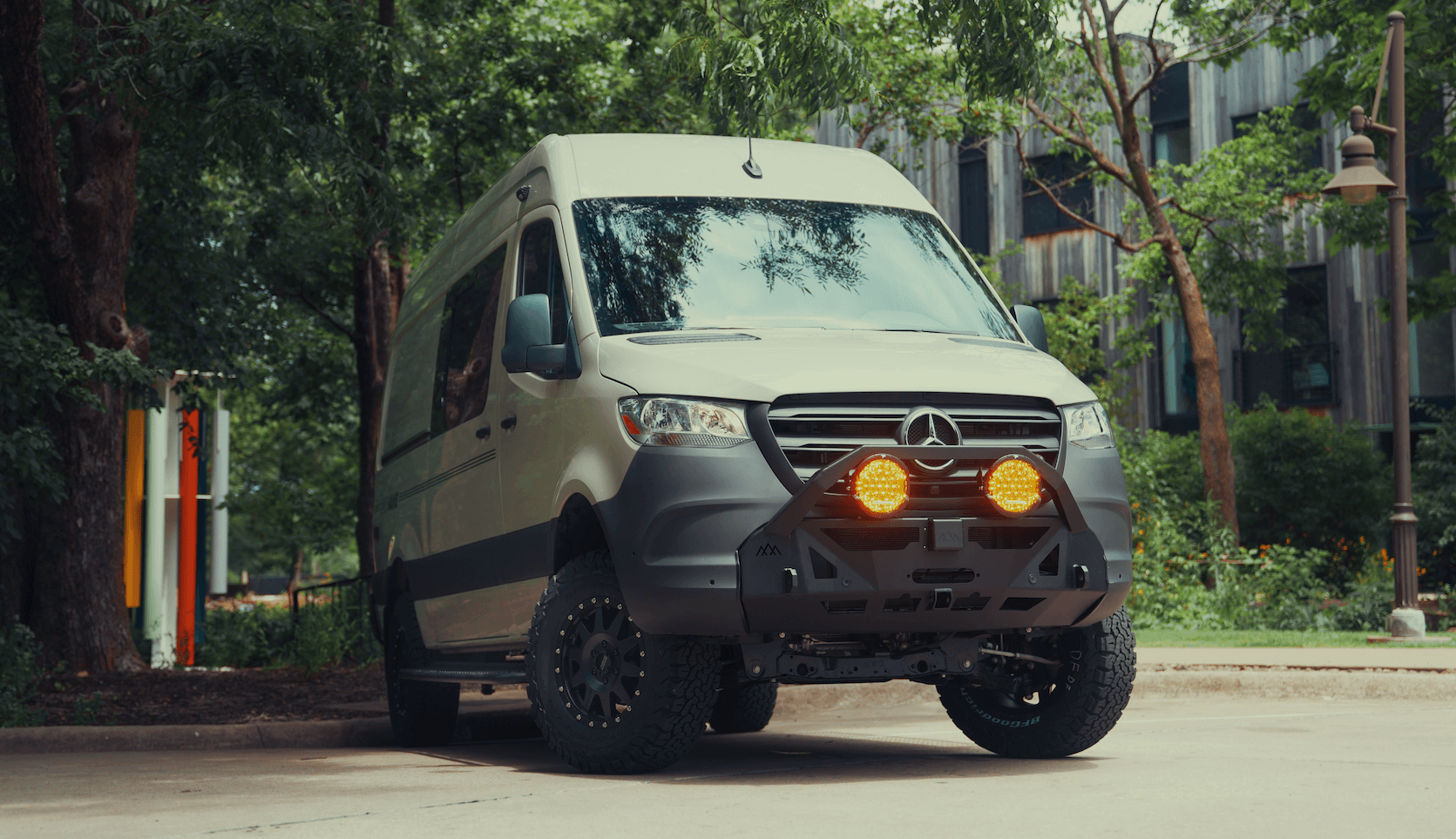Recreational Vans

Battery packs should convert energy into miles, work, and comfort, not heat. Thermal runaway prevention focuses on stopping a self heating chain reaction at the cell level before it becomes a pack level event. Lithium ion cells store remarkable energy in a compact footprint, and that density demands disciplined engineering. The best plans combine chemistry choice, mechanical design, thermal controls, sensors, and operating limits that keep cells within a safe window across charge, discharge, and storage.
Lithium cells release heat when internal resistance rises or a fault accelerates side reactions. If that heat cannot dissipate fast enough, temperature climbs and stimulates more reactions in a feedback loop. Common triggers include overcharge, deep overdischarge followed by aggressive charging, internal shorts from manufacturing defects or dendrite growth, mechanical crush, penetration, and exposure to high ambient temperatures. The solid electrolyte interphase can degrade under abuse, gas can form, pressure increases, and venting or fire can follow if the cycle is not interrupted.
Chemistry matters. High nickel cells deliver fantastic energy density but can be less tolerant of abuse compared to lithium iron phosphate, which sacrifices some energy density for more stable thermal behavior. Pack architecture matters just as much. Tight cell spacing, inadequate heat paths, or missing cell level fusing make propagation easier. Safety starts in the blueprint long before wiring touches copper.
The most effective defense is layered. Begin with a quality cell supplier and verified batch data. Select a chemistry aligned to the use case and the expected environment. Engineer mechanical spacing with flame retardant barriers or mica based insulators between groups to slow propagation. Add vent paths that move hot gases away from occupants and critical electronics. Use busbar geometry that supports even current sharing and incorporates cell level or group fusing.
The battery management system is the brain and the bouncer. It should monitor per cell voltage, pack and cell temperatures at multiple points, and current in real time. Balancing should be reliable and sized for the pack. The BMS should enforce conservative limits for charge and discharge based on temperature, state of charge, and historical trend data. Precharge circuits protect contactors and electronics from inrush stress. High voltage interlocks can detect open covers or connector faults and drop the system to a safe state.
Thermal design is not an afterthought. Spreading heat through aluminum structures, adding phase change materials around hot components, or using liquid cooling plates on dense modules can keep temperature deltas tight. In a van or truck, position the pack away from driver and sleeping areas when possible. Provide airflow paths that do not compromise water sealing, and consider intumescent coatings or fire blankets as passive containment aids.
Even the best system needs situational awareness. Off gas sensors that detect electrolyte vapors offer earlier warnings than smoke alone. Multiple thermistors reduce blind spots. Some integrators add pack cavity pressure sensors to detect rapid changes. On detection, the system should isolate, open contactors, and announce alerts clearly. Human response is simple and serious: increase distance, call emergency services, and cool from a safe location if directed by responders. Reignition is possible until the pack is fully cooled.
Compliance aligns engineering with known best practices. Look for UL 1973 for stationary and motive auxiliary packs, UL 9540A thermal propagation testing at the system level, UN 38.3 for transport, and IEC 62619 or equivalent for industrial cells. NFPA 855 offers guidance for energy storage installations. In vehicles, reference SAE and OEM guidance for high voltage safety and crash considerations. Documentation and labeling can be as important as hardware when first responders need quick context.
Routine maintenance closes the loop. Log temperatures, balancing behavior, and charge acceptance over time. Review connector torque and enclosure seals on a schedule. Replace worn components before they create faults. A pack that runs cool and predictable will last longer and stay safer.
OZK Customs builds adventure machines that carry serious electrical loads for comfort, work, and play. In our custom van and overland projects, we favor cell chemistries and BMS hardware that prioritize tolerance and transparency. Enclosures are designed for airflow and service access, while high voltage components are routed and labeled with technician clarity. We pair charging gear to the pack and tune limits to the actual mission, whether it is boondocking in summer heat or winter travel with constant inverter use.
If you are planning a power upgrade or a from scratch build, it pays to design safety in at the start. We turn client use cases into schematics that account for wire routing, mounting, thermal barriers, fusing, and future service. Want to see what this looks like in a real van platform built for trips, not just specs on paper? Explore our work and start a conversation about a safe, capable system that fits your life.
Tell us how you travel and what you power, and we will design a lithium system with layered safety, clean installation, and room to grow. From concept to handoff, we build for reliability, serviceability, and peace of mind.
Ready to spec a safe, power rich adventure rig? Our team designs and integrates lithium systems with smart protection, clean routing, and serviceable layouts. Share your goals and we will blueprint a build that balances capacity, weight, and safety from day one.
ADDRESS:
6159 E Huntsville Rd, Fayetteville, AR 72701
PHONE:
(479) 326-9200
EMAIL:
info@ozkvans.com